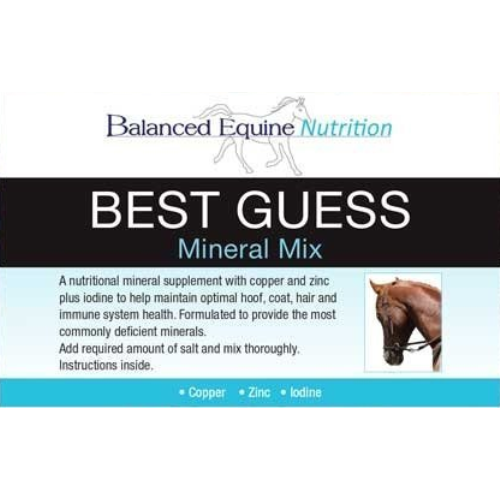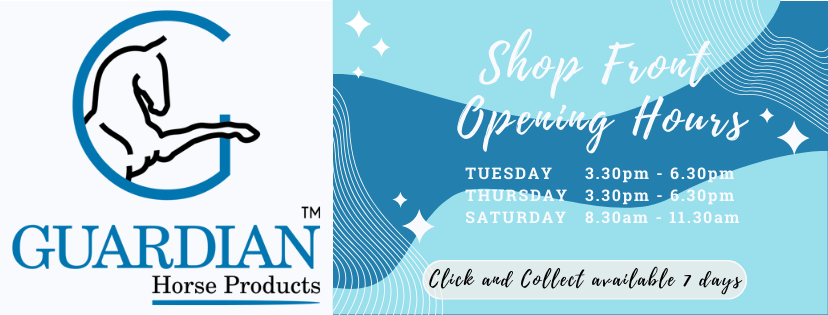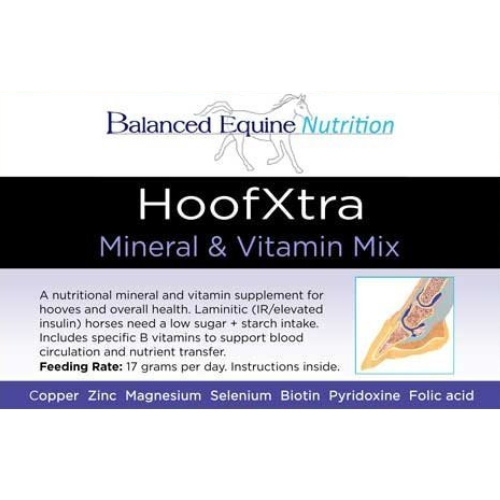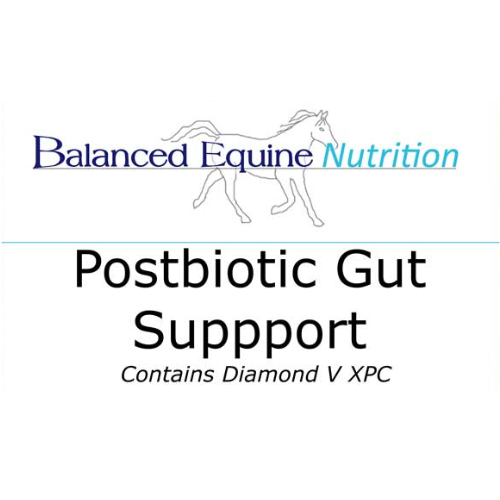
Balanced Equine Best Guess
or
make
4
interest-‐free
payments
of
$14.66
fortnightly
with
 More
info
More
info
Best Guess is a nutritional mineral supplement with copper and zinc plus iodine to help support optimal hoof, coat, hair and immune system health. Formulated to provide the most commonly deficient minerals based on thousands of pasture and hay laboratory tests. Best Guess is a highly bioavailable mineral mix containing proven premium mineral sources based on equine research.
The Best Guess mineral mix is ideal for horses where the intake is lacking copper and zinc or a very high iron (or manganese) intake is preventing uptake. Ideal as a supplement is ideal for adding more copper and zinc to an intake.
2 SIZES
Small: net weight = 1.016 kg – will last 6 months based on the standard feeding rate for one horse
Large: net weight = 4.46 kg – will last 26.4 months for one horse based on the standard feeding rate – economical bulk pack, 4.4 x bigger than the small size with a price that is around 3 x the price for the small size.
The recommendation to add salt to Best Guess is to make the feeding rate very easy to measure, for the small size – 1 tablespoon, large size – 1/2 tablespoon. Without salt added to the mix, the size of the feeding rate would be very small and could be challenging – 5.6 grams for the standard feeding rate, the amount to trial.
Since many horses are sodium or chloride deficient and the amount of salt added *per day* to the Best Guess mix is quite small, it is still recommended to supplement in addition 2 tablespoons of salt in one or split among a number of feeds per day, more in hot weather. Always start with a tiny amount and build up slowly to increase acceptance over time.
Copper has a role in coat colour, iron metabolism, bone development, hoof quality and maintenance of elastic connective tissue.
Zinc has a role in general growth and metabolism, required for normal bone and cartilage development, involved in maintaining the integrity of skin and mucous membranes, hair and hooves and in wound healing and has a role in maintaining a normal healthy coat. Essential for interactions between proteins and a variety of enzymes that all metabolically active cells require for cell multiplication and maturation. Zinc is a key component of ‘zinc finger proteins’ in the assembly of keratin, a hoof building material. A zinc deficiency can be expressed as slow hoof growth, thin walls and weak connections and horn.
Copper and zinc prevent the fats and oils in the protective seal on the hoof from oxidising. Oxidative damage causes over drying and weakens the connections between cells. When the hoof is weak, it is more vulnerable to attack by organisms via microscopic cracks. In cattle, deficiencies in either copper or zinc have been linked to soft feet, cracks, abscesses, thrush and laminitis.
Iodine has a role in normal thyroid function and is a component of thyroid hormones which regulate metabolic processes including hair growth.
Safe for laminitic prone or insulin resistant (IR)/EMS horses.
Best Guess mix can be fed with Diamond V XPC, Equine Amino, Hydrate Support and Mycosorb A+, and can be used to increase copper, zinc and iodine levels with Equi Horse, Equi Horse +Se and HoofXtra.



